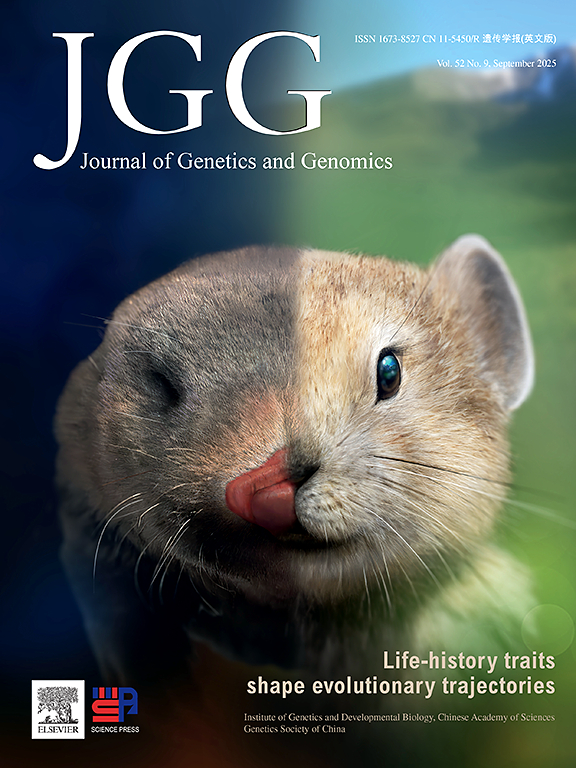Abstract:
Recently, as part of biosafety assessments, unintended effects have been given much attention. In this study, we applied a proteomics approach to elucidate the unintended effects of random T-DNA insertion in transgenic plants. Separated proteins extracted from 12 trans-genic Arabidopsis thaliana with different T-DNA insertion sites and from wild-type (ecotype Col-o) were analyzed. In the transgenic plants, 102 significantly altered protein spots were detected, in which 59 were up-regulated and 43 down-regulated. MALDI-TOF MS analysis showed that most of these expression level-altered proteins were involved in energy transfer, oxidative respiration and photosynthesis. However, none of these proteins was a toxic protein or allergen. Using plants with or without cold treatment, a natural environmental stress, as controls, we found that the number of the altered proteins was even less in those transgenic plants than those triggered by the cold treatment, suggesting that the transgenic events had a weaker impact on the plants than the environmental stresses. Interestingly, the phosphinothricin acetyl transferase (PAT), theBAR-encoded protein, was detected in nine out of twelve different T-DNA insertion lines at five different insertion sites. These data suggest that the most significant impact of transgenic events on the host plants is from the transgene itself, i.e., from the predictable intended effects, rather than unintended effects. This study also suggests that the proteomics approach has the potential to detect the unintended effects in transgenic plants.







